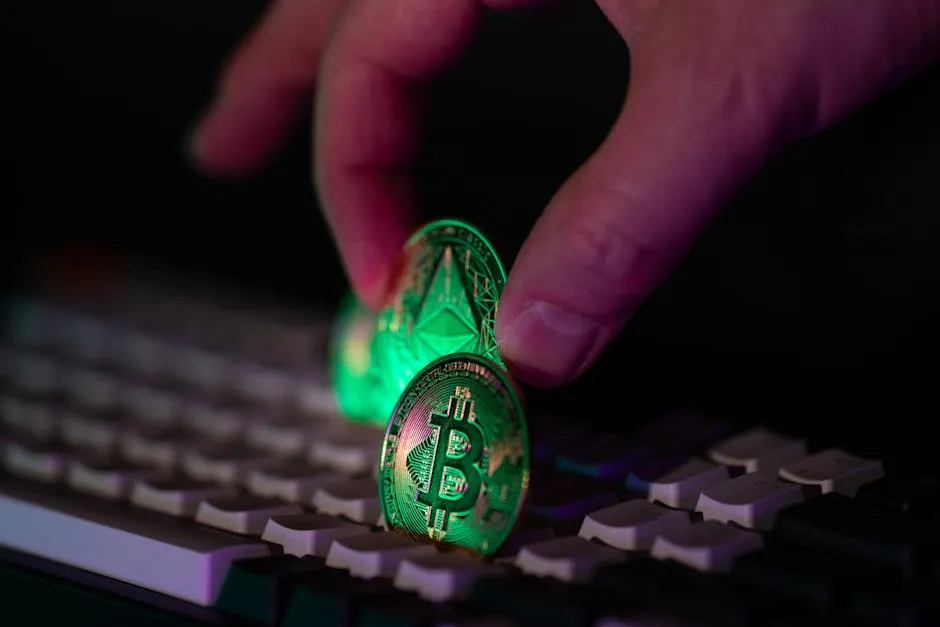
The Secret Service’s $400M Bitcoin Seizure: How Blockchain Forensics is Fighting Crypto Crime

Gone are the days when law enforcement relied solely on briefcases of cash to track illicit activities. Today, the U.S. Secret Service is leveraging blockchain forensics to combat crypto-related crimes, seizing nearly $400 million in Bitcoin linked to cybercrimes like sextortion and ransomware attacks.
The Rise of Crypto Crime-Fighting
According to recent reports, the Secret Service’s Global Investigative Operations Center (GIOC) has emerged as one of the most sophisticated units in tracking and dismantling crypto-related criminal networks. By analyzing blockchain transactions, the agency has successfully traced funds tied to illegal activities, leading to high-profile seizures.
How Blockchain Forensics Works
Unlike traditional financial systems, blockchain transactions are transparent and immutable. This makes it possible for investigators to follow the money trail, even when criminals attempt to launder funds through multiple wallets or exchanges. Key techniques include:
- Transaction clustering – Linking multiple addresses to a single entity.
- Pattern recognition – Identifying common behaviors in illicit transactions.
- Exchange cooperation – Working with crypto platforms to freeze suspicious funds.
Major Cases and Seizures
The Secret Service’s efforts have led to several high-profile busts, including:
- Sextortion schemes – Criminals demanding Bitcoin payments under threats of releasing compromising material.
- Ransomware attacks – Tracing payments made to hackers who lock down critical systems.
- Darknet market takedowns – Seizing funds from illegal drug and weapon sales.
The Future of Crypto Law Enforcement
As crypto adoption grows, so does its misuse. The Secret Service’s success highlights the increasing importance of blockchain intelligence in modern law enforcement. With advancements in AI and machine learning, agencies are now better equipped than ever to track and disrupt cybercrime networks.
For crypto users, this serves as a reminder that while blockchain offers privacy, it is not entirely anonymous. Authorities are closing the gap, making it harder for criminals to exploit digital currencies.



